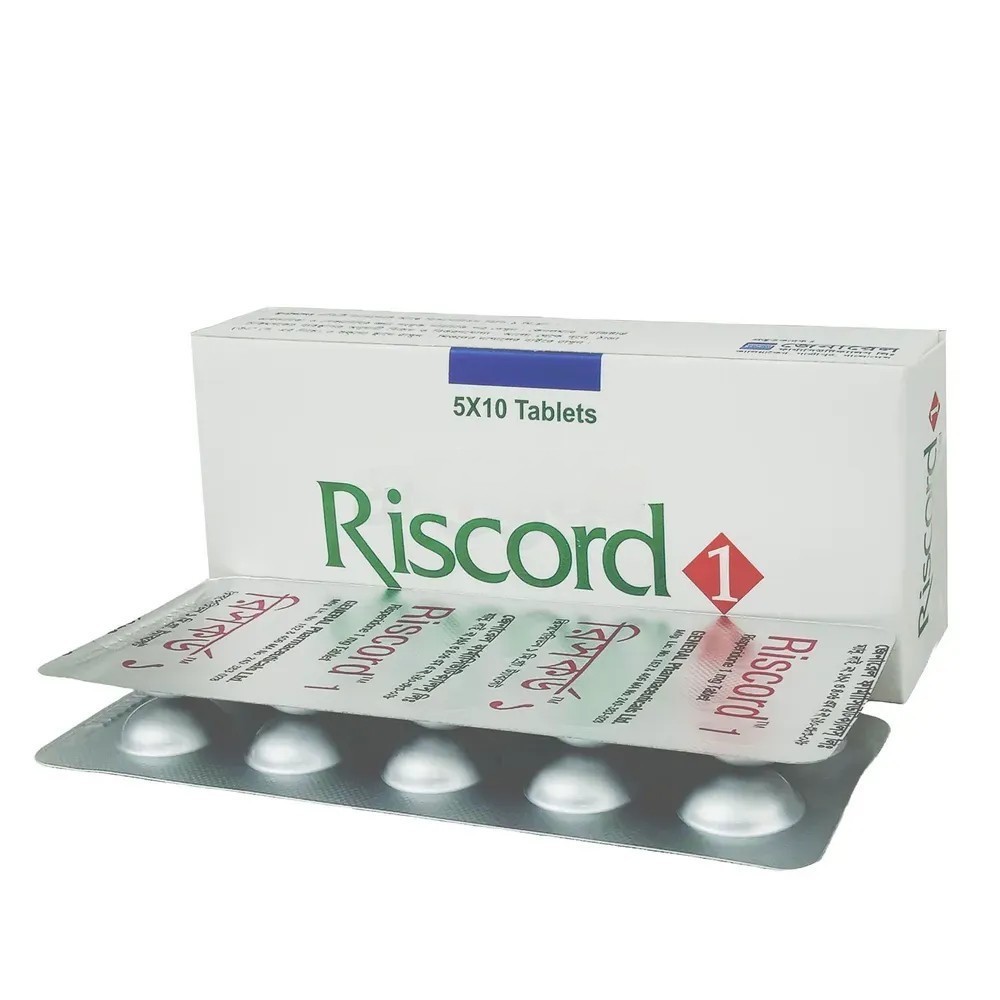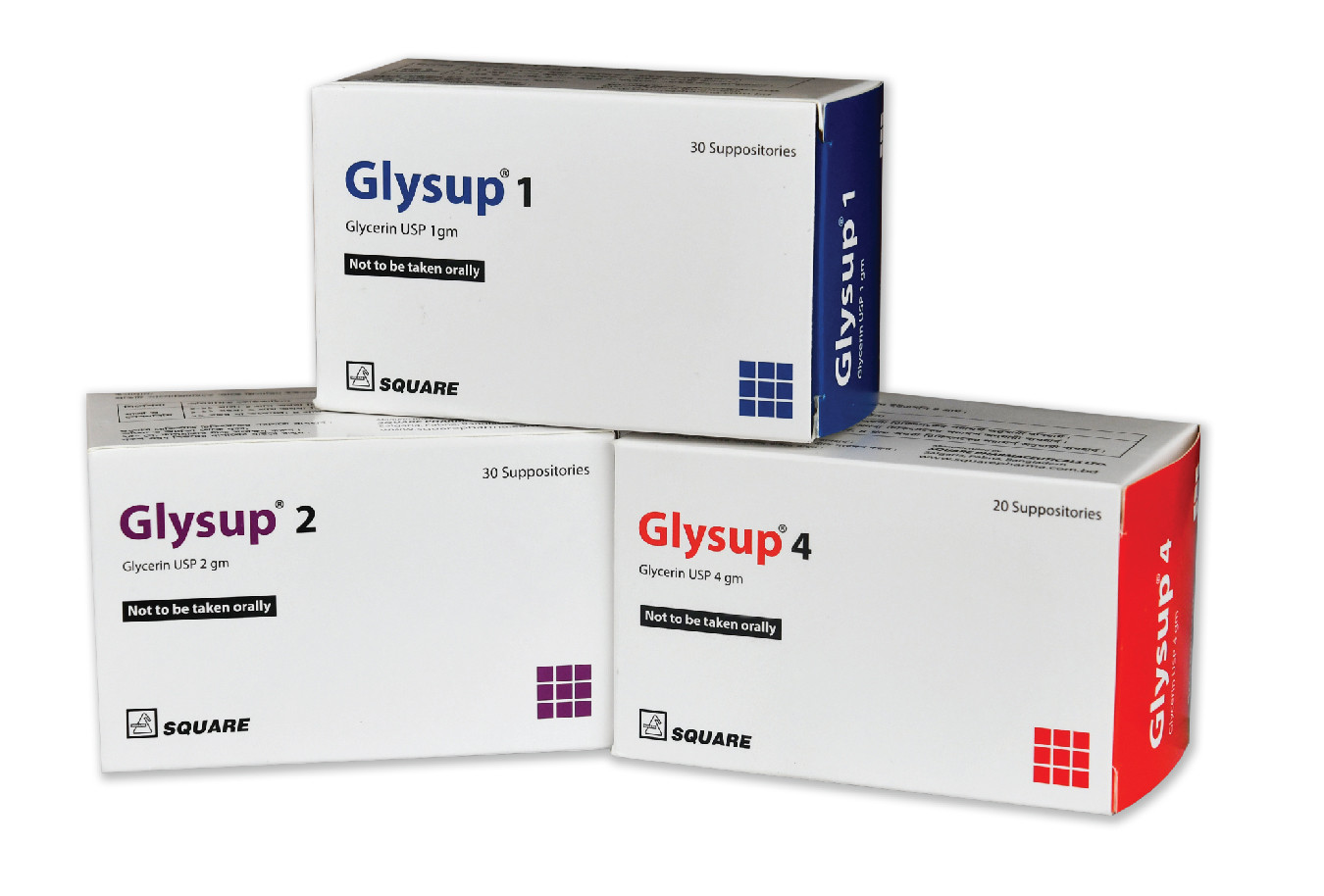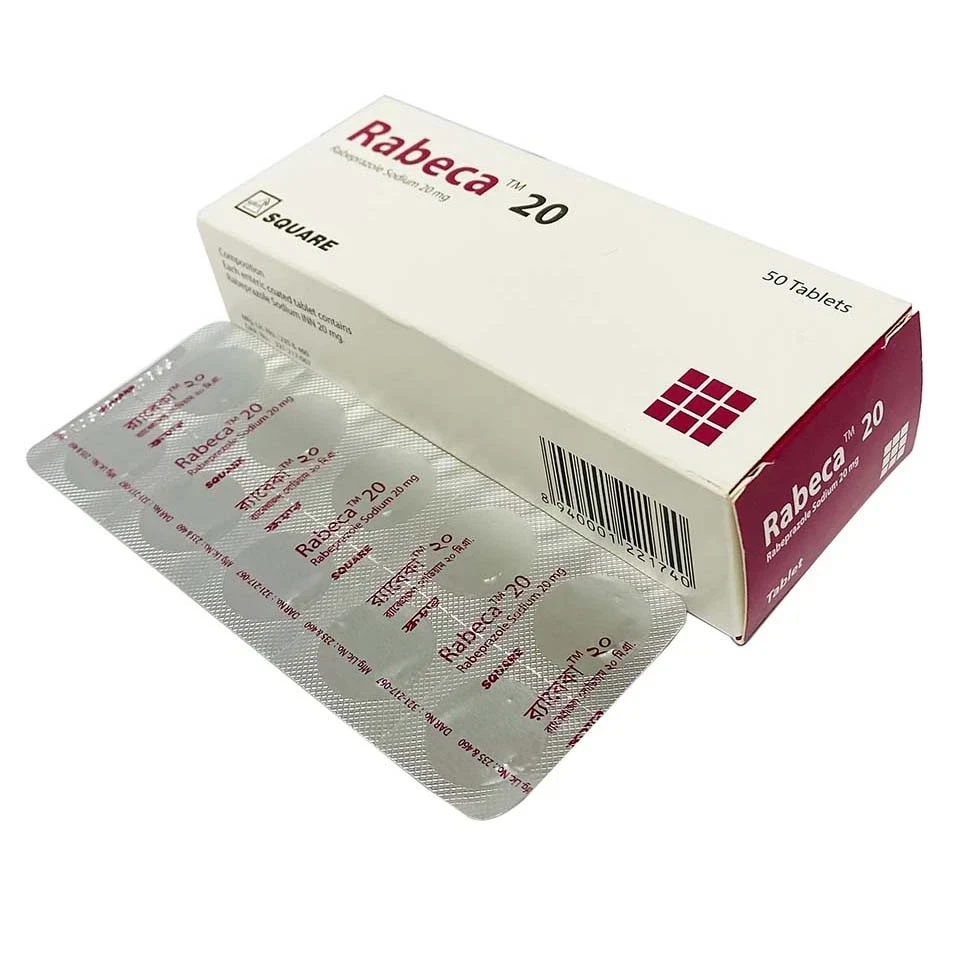

Calchek Tablet, Amlodipine Besilate 5 mg
Inhouse product
-
৳11.40
৳12.00 -
৳42.75
৳45.00 -
৳16.63
৳17.50 -
৳2.14
৳2.25
Reviews & Ratings
Indications
Essential hypertension: Calchek is efficacious as monotherapy in the
treatment of hypertension. It may be used in combination with other
antihypertensive agents.
Angina pectoris: Calchek is indicated for the treatment of
chronic stable angina pectoris and is efficacious as monotherapy. It may be
used in combination with other antianginal agents.
Vasospastic angina: Calchek is indicated for the treatment of
confirmed or suspected vasospastic angina. It may be used as monotherapy or in
combination with other antianginal drugs.
* রেজিস্টার্ড চিকিৎসকের পরামর্শ মোতাবেক ঔষধ সেবন করুন'
Pharmacology
Amlodipine is a
dihydropyridine calcium-channel blocker, with a long duration of action, used
for the treatment of hypertension and angina pectoris. Amlodipine influences
the myocardial cells, the cells within the specialized conducting system of the
heart, and the cells of vascular smooth muscle. Administration of Amlodipine
results primarily in vasodilation, with reduced peripheral resistance, blood
pressure and afterload, increased coronary blood flow and a reflex increase in
coronary heart rate. This in turn results in an increase in myocardial oxygen
supply and cardiac output.
Dosage & Administration
Hypertension: Usual dose is 5 mg once daily. The maximum
dose is 10 mg once daily. Elderly patients with hepatic insufficiency may be
started on 2.5 mg once daily; this dose may also be used when adding Amlodipine
to other antihypertensive therapy.
Angina (Chronic stable
or Vasospastic): 5 to 10 mg, using
the lower dose for elderly and in patients with hepatic insufficiency. Most
patients require 10 mg.
Administrations: May be taken without regard to meals.
* রেজিস্টার্ড চিকিৎসকের পরামর্শ মোতাবেক ঔষধ সেবন করুন'
Interaction
Drug Interactions-
- Potentially
hazardous interactions:
Little or no data are available in patients with markedly impaired cardiac
left ventricular function; however, as with other calcium antagonist
drugs, the combination of Calchek and p-blockers should be avoided in such
patients.
Other Significant
Interactions-
- Digoxin: Absence of any interaction between Calchek and
Digoxin in healthy volunteers has been documented in a controlled clinical
study.
- Cimetidine: An unpublished clinical study indicated no
interaction between, Calchek and Cimetidine in healthy volunteers.
- Warfarin: An unpublished clinical study in healthy volunteers
indicates that Calchek did not significantly alter the effect of Warfarin
on prothrombin time.
- Food: Food does not alter the rate or extent of absorption
of Calchek.
Contraindications
Hypersensitivity to
dihydropyridine derivatives. Pregnant woman.
Side Effects
The most common
adverse effects of amlodipine are associated with vasodilatory action, such as
dizziness, flushing, headache, hypotension and peripheral edema.
Gastrointestinal disturbances, increased micturition frequency, lethargy, eye
pain and mental depression may also occur. A paradoxical increase in ischaemic
chest pain may occur at the start of the treatment and in a few patients
excessive fall in blood pressure has led to cerebral or myocardial ischaemia or
transient blindness. Rashes, fever and abnormalities in liver function due to
hypersensitivity reaction of Calchek may occur.
Pregnancy & Lactation
Pregnancy Category C.
There are no adequate and well-controlled studies of Amlodipine in pregnant
women. Amlodipine should be used during pregnancy only if the potential benefit
justifies the potential risk to the fetus. It is not known whether Amlodipine
is excreted in human milk. In the absence of this information, it is
recommended that nursing be discontinued while Amlodipine is administered.
Precautions & Warnings
Precaution should be
taken in patients with hepatic impairment and during pregnancy and breast
feeding.
Use in Special Populations
Children with
hypertension from 6 years to 17 years of age: 2.5 mg once daily as a starting dose, up-titrated to 5 mg once
daily if blood pressure goal is not achieved after 4 weeks. Doses in excess of
5 mg daily have not been studied in pediatric patients.
Children under 6 years
old: The effect of
amlodipine on blood pressure in patients less than 6 years of age is not known.
Elderly: Calchek used at similar doses in elderly or
younger patients is equally well tolerated. Normal dosage regimens are
recommended in the elderly, but increase of the dosage should take place with
care.
Renal impairment: Changes in amlodipine plasma concentrations
are not correlated with degree of renal impairment, therefore the normal dosage
is recommended. Calchek is not dialysable.
Hepatic impairment: Dosage recommendations have not been
established in patients with mild to moderate hepatic impairment; therefore
dose selection should be cautions and should start at the lower end of the
dosing range. The pharmacokinetics of Calchek have not been studied in severe
hepatic impairment. Calchek should be initiated at the lowest dose (2.5 mg once
daily) and titrated slowly in patients with severe hepatic impairment.
Overdose Effects
Symptoms: Available data suggest that large overdosage
could result in excessive peripheral vasodilatation and possibly reflex
tachycardia. Marked and probably prolonged systemic hypotension up to and
including shock with fatal outcome have been reported.
Management: Clinically significant hypotension due to
amlodipine overdosage calls for active cardiovascular support including
frequent monitoring of cardiac and respiratory function, elevation of
extremities, and attention to circulating fluid volume and urine output.
A vasoconstrictor may be helpful in restoring vascular tone and blood pressure,
provided that there is no contraindication to its use. Intravenous calcium
gluconate may be beneficial in reversing the effects of calcium channel
blockade. Gastric lavage may be worthwhile in some cases. In healthy volunteers
the use of charcoal up to 2 hours after administration of amlodipine 10 mg has
been shown to reduce the absorption rate of amlodipine. Since amlodipine is
highly protein-bound, dialysis is not likely to be of benefit.
Therapeutic Class
Calcium-channel
blockers
Storage Conditions
Keep all medicines out
of reach of children. Store in a cool & dry place, protected from light.
Frequently Bought Products
Sugamet Tablet, Metformin Hydrochloride 500 mg
Riscord Tablet, Risperidone 1 mg
Toroaid Tablet, Ketorolac Tromethamine 10 mg
Glysup Suppository, Glycerin 2 mg
Olmepres Tablet, Olmesartan Medoxomil 40 mg
Product Queries (0)
Login Or Registerto submit your questions to seller
Other Questions
No none asked to seller yet
-
৳11.40
৳12.00 -
৳42.75
৳45.00 -
৳16.63
৳17.50 -
৳2.14
৳2.25







![Evit Capsule, Vitamin E [Alpha Tocopherol Acetate] 400 mg](https://www.skpharma.com.bd/public/uploads/all/noANTE8KMrZRXll4gZvRTsEIeOc3wbnL3IgJVJ98.webp)









